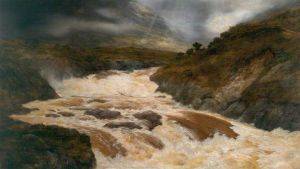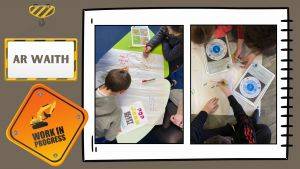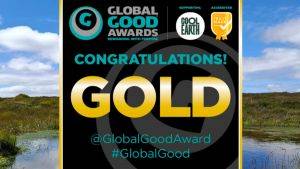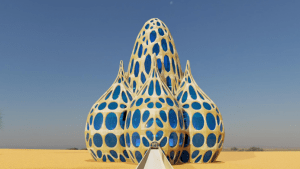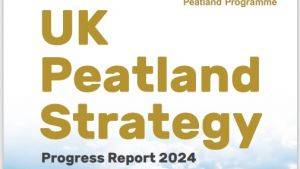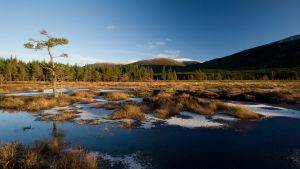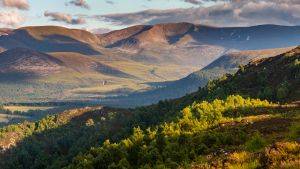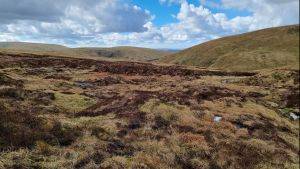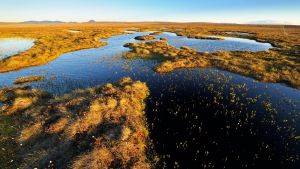Burns Beck Moss
Description
Burns Beck Moss displays both nutrient-poor and nutrient-rich conditions typical of a valley mire peatland system; the most extensive example of this type of habitat in south Cumbria. Peat depths are deeper where rainfed, with a mosaic of drier and wetter areas fed by seeping or flooding from the central watercourse surrounding this.
Distinct vegetation zones are evident, transitioning between wet meadow species, heath species and typical bog species including mosses Sphagnum papillosum and S. subnitens, sundew (Drosera rotundifolia) and bog asphodel (Narthecium ossifragum).
In the drier areas, evidence of historical peat cutting exists.
Restoration Delivered
Before the Trust acquired the reserve attempts had been made to drain the site by straightening and deepening Burns Beck and later by digging a network of drains to prepare the site for tree planting, which was never seen through. Once Cumbria Wildlife Trust took over the site in 1995, they reversed the drainage and installed a large number of dams enabling the site to hold water and become a wetland once more.
Project Name: Burns Beck Moss
Organisation / Lead partner: Cumbria Wildlife Trust
Location: Near Sedbergh, Cumbria
Approximate area covered: 19.1 ha
Conservation Status: Site of Special Scientific Interest (SSSI)
Predominately: Lowland
Peat Habitats: Lowland raised bog
Project Type: Restoration, Management
Year Project Began: 1995

